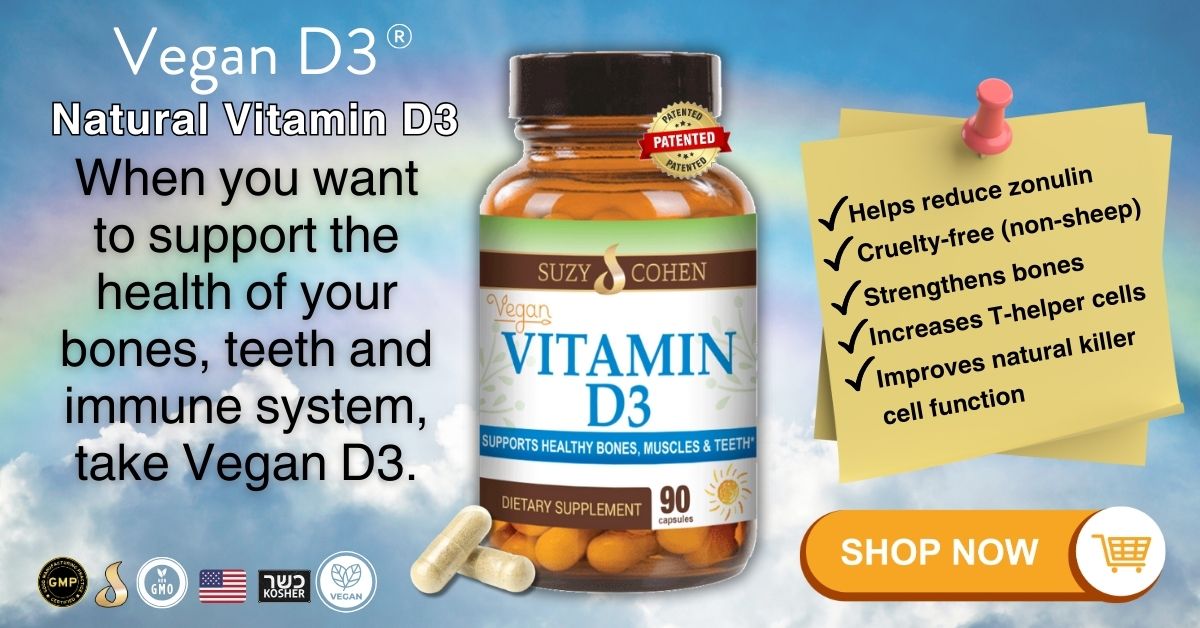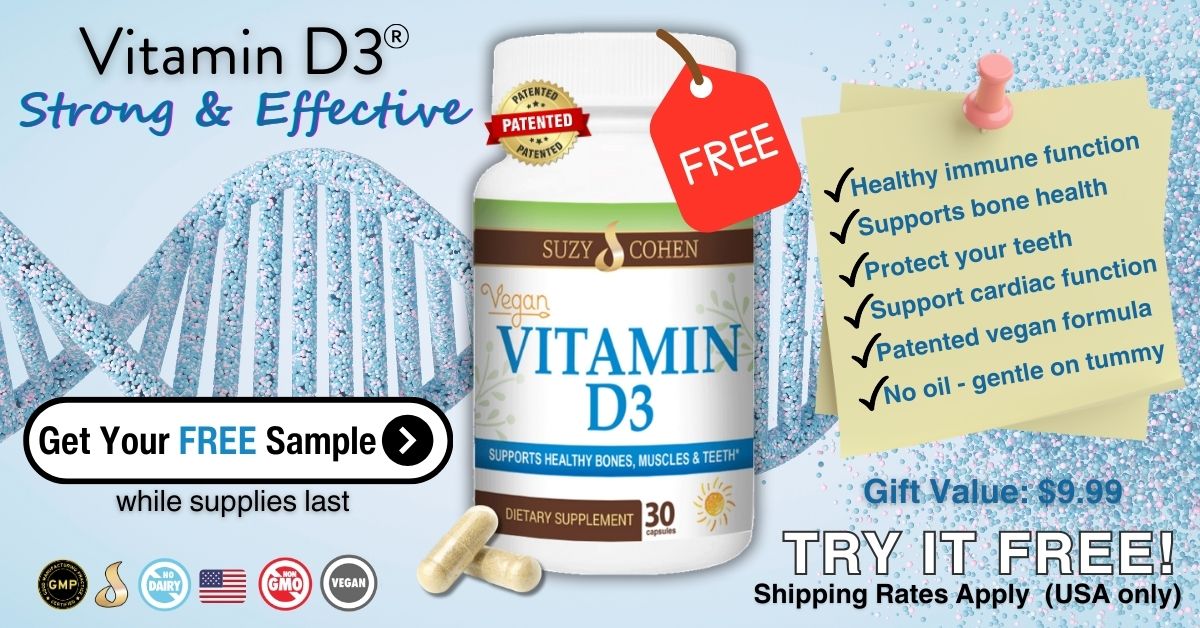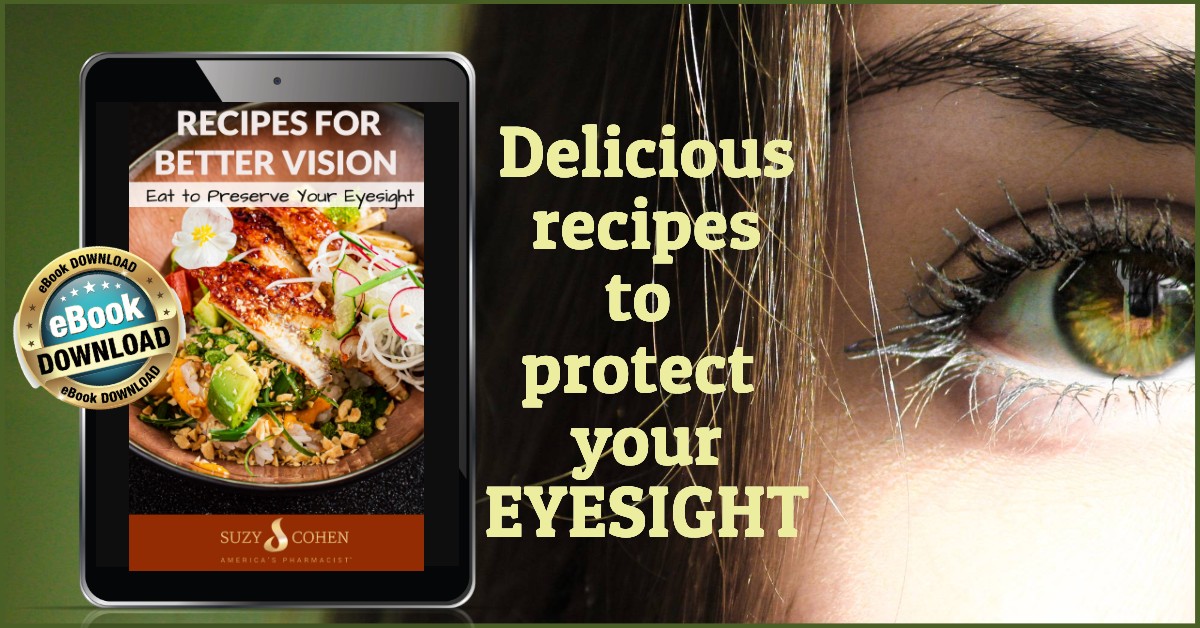What's On This Page?
ToggleThis article will feature hawthorn herb as a possible natural remedy for high blood pressure, aka hypertension.
Hypertension refers to high blood pressure, and while doctors sometimes define this differently based upon your age, it is usually something like 140 over 90. These numbers are further defined as your systolic blood pressure over the diastolic blood pressure. The systolic is always the first number, whereas the diastolic is the second number and it’s most important because it shows what the pressure is at rest.
So if you are sitting on the couch and watching TV and your blood pressure is taken and it is 125 over 98 for example, that would be considered high because the resting (diastolic) blood pressure is supposed to be less than 90.
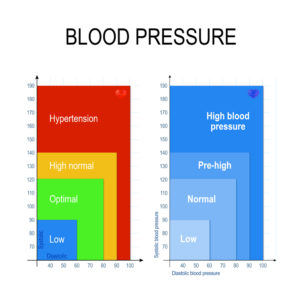
Some people have trouble remembering which number goes first. Just remember this: The sun rises over the desert. That’s one way to remember it. The sun starts with “s” for systolic, and the word “desert” starts with “d” representing diastolic.
A hypertensive crisis can occur out of nowhere, this is why high blood pressure is called a silent disease. There aren’t a lot of obvious symptoms except for headaches and blurry vision. It usually is something like 180/120 (or higher) and can precipitate a stroke.
Hypertension occurs due to several factors, usually not just one. You might see this condition occur in people who are sedentary and eating too much salt or drinking too much alcohol. You might see it in a smoker who is stressed and getting older. Your genetics play a role too.
If left untreated, high blood pressure can lead to many complications in the body.
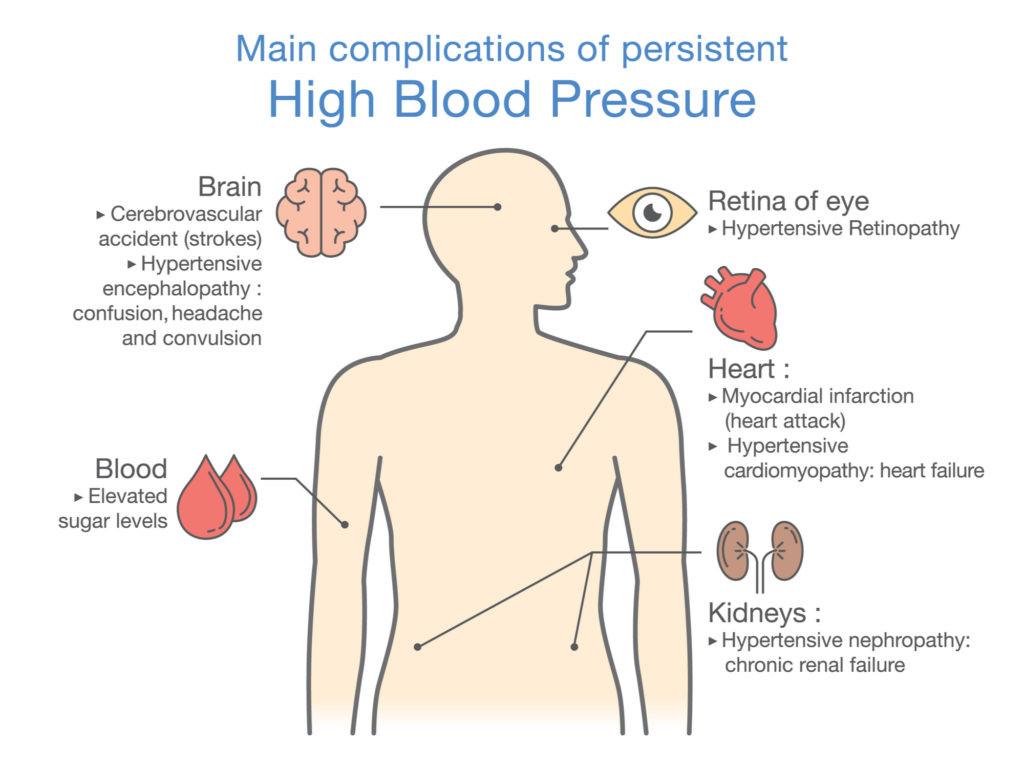
For some people, it is unknowingly induced by caffeine intake, whether that’s from No-Doz, or a triple shot of espresso, but either way, the caffeine can increase your blood pressure temporarily even if you do not have the condition of hypertension, per se.
The effect of caffeine will cause both numbers to rise (systolic and diastolic), and after about 6- 12 hours, depending on the individual and the activity of their COMT gene, the hypertensive effect may be entirely gone. The COMT gene is what you can call “the coffee gene” and it explains why some of us (like me) are jacked up on a single shot latte for about 6 solid hours, while others can drink the same amount and go right to sleep!

One interesting thing about caffeine (because you already know I love a good cup of coffee complete with whipped cream), is that the jolt in blood pressure was more readily seen on those who were not habitual drinkers. In other words, someone like me won’t get that spike in blood pressure, but a person who never drinks the stuff WILL.
It could raise systolic by 13 mm Hg and diastolic by 7, which is a lot if you’re tracking your numbers each day.
Hawthorn Has Been Used for Centuries for Heart Troubles
There is age-old herb that I trust for all kinds of heart conditions including hypertension. It’s called hawthorn and it is in the same family as roses. There are MANY different species of this herbal medicine and the genus name is “Crataegus.” Hawthorn is available widely at health food stores in America, and online e-tailors in all kinds of forms like pills, powders and extracts. There are thousands of special plant parts in this herb including tannins, flavonoids anthocyanidins and more.
It’s not so much the leaf, it’s actually the berry of the hawthorn tree that does the heavy lifting. The main image at the top is a picture of an actual tree that bears the heart-loving red berries known scientifically as Crataegus, followed by the species name. There are many medicinal species indigenous to each region of the world!
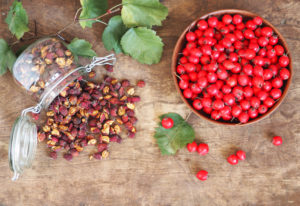
Ease into hawthorn. It’s makes for a delicious tea, one of my favorite methods of ‘medicating.’ With a tea cup, either hot or iced, you bond a little with your medicine, so to speak. There’s a feeling if you sip it by the fireplace, or drink it iced on your front porch while sitting on the swing.
The Earth has all kinds of plants that can heal us, and while the following statement always shocks some people:
Many, if not most brand name drugs are taken from the Earth originally, and then a plant ‘part’ is isolated from the original plant! Then the plant is adulterated and forced into into a chemical reaction that bonds it to some other unnatural compound in a laboratory. This creates a compound that is unique and therefore patentable, because the new chemical doesn’t exist on Earth! It’s tested on lab rats and then on people to see what it does.
The plant part is now a different chemical than the original plant extract. It receives a patent, and a snazzy trademarked name, and a stamp of approval from the Food & Drug Administration. The price is much higher than the herb. The marketing is allowed, claims are allowed about how ‘said drug’ can cure this and that. Herbs and supplements cannot have claims because this upsets drug makers. But it begs the question, what was wrong with the original?!
I really shouldn’t say this outloud but I feel a little hornswoggled.
Do you?
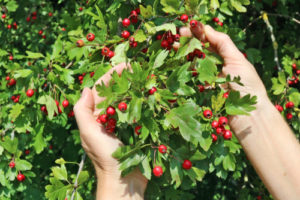
The berry contains a high concentration of natural compounds which support your entire cardiovascular system. Several well-designed studies have shown that hawthorn is a vasodilator and a diuretic.
There are dozens of prescription medications that have the same exact mechanism of action as hawthorn!
Hawthorn has been used for centuries to support all kinds of cardiovascular disorders, and it can relax tight, constricted blood vessels. By relaxing them, there is less pressure inside, and therefore blood pressure comes down over time.
The effect of hawthorn will not counter that of caffeine so you can’t have a vanilla latte at 10 and then hawthorn at 11 and expect anything good to come of that!
Hawthorn does impact the nervous system, it is calming and has a mild sedative effect. You could have a cup of tea or a supplement any time of day. You could theoretically drink a cup of it in the late afternoon if you wish too. But I do not recommend hawthorn at bedtime though.
The reason for this warning is that hawthorn is a diuretic. This means it will make you get up and urinate through the night if you take it too late. But the diuretic effect is a perk, because that means it is reducing fluid volume in your vessels which again, ultimately lower blood pressure.
Hawthorn was studied and compared to placebo and found to help people with type 2 diabetes who also had hypertension. The participants took 1,200 mg hawthorn extract in this particular study (doses vary greatly so keep that in mind), and those who took hawthorn had better (lower) blood pressures than those who took the dud pill. Hawthorn contains many polyphenols and antioxidants.
It can be useful for many conditions including hypertension, a weak heart, congestive heart failure, shortness of breath and physical/athletic performance. For that reason, you might consider taking hawthorn, but of course ask your doctor if it’s right for you.
Because hawthorn reduces blood pressure, you will obviously see interactions with other medications used for hypertension. For that matter, you will see prescribed anti-hypertensive medications listed on the MAYO site as potential drug interactions. This is because the hawthorn with the drug creates a synergistic effect to lower blood pressure.
Hawthorn may Increase the Blood Pressure Reducing effect:
Beta blockers
Calcium channel blockers
ACE inhibitors
ARBs (Angiotensin II Receptor blockers)
Diuretics
Digoxin or “dig” as we call it in a hospital setting
Other antihypertensives and cardiac drugs not listed here – ask your pharmacist or doctor
Is that a good thing or a bad thing? The answer is both. It’s usually bad to mix digoxin with hawthorn, and most doctors that are holistically-trained will tell you to avoid the combination. The reason is that it’s dangerous if your blood pressure drops too low and you faint! You see, a combination of too many heart pills and blood pressure reducing drugs (with the hawthorn) can cause heart arrhythmias, syncope, dizziness and nausea.
But could the argument be made that if you are maintained on hawthorn tea (or supplements) and then begin taking digoxin that you’re dose could be started at a very low amount? Sure, you could make that argument, and many holistic physicians agree that the combination of orthodox drugs with herbal holistic treatments makes a patient better in the long run.
It really depends on your doctor, and his practices, and your own individual condition, heart function, age and prior medical history. Could you take hawthorn instead of dig? Ask your doctor, it’s not for me to decide or advise.
Having hawthorn working alongside your prescription, (with your doctor’s approval and supervision) because it might mean you could take a lower dosage of the drug, or in time eliminate one. And this would mean fewer or less harsh side effects. But this is all between you and your doctor.
If you are already on digoxin, just remember the effect of that pill will be enhanced by hawthorn. That’s because the herb contains natural constituents called “alkaloids” that look and act like the drug digoxin.
For that matter, both the herb and the drug are known as positive inotropes, a scientific term that describes how they can both increase the amount of blood pumped through the heart chambers. Basically they both increase the strength of the heart muscle’s contraction which could be useful for patients with ankle edema.
Ease into Hawthorn
It’s makes for a delicious tea, one of my favorite methods of ‘medicating.’ With a tea cup, either hot or iced, you bond a little with your medicine, so to speak. There’s a feeling if you sip it by the fireplace, or drink it iced on your front porch while sitting on the swing.
The Earth has all kinds of plants that can heal us, and while the following statement always shocks some people: Many, many brand name drugs are taken from the Earth originally, and then a plant ‘part’ is isolated from the original plant.
Then it is adulterated and forced into into a chemical reaction that bonds it to some other unnatural compound creating a drug that is unique and patentable because the chemical no longer exists on Earth. The plant part is now so unique and space-alien that it can receive a patent, and a snazzy trademarked name, and a stamp of approval from the Food & Drug Administration.
But it begs the question, what was wrong with the original?! I feel a little hornswoggled, don’t you?
Side Effects of Hawthorn
of hawthorn have been reported. Like any herb, or any drug for that matter, you may be allergic to it. Further, reports of nausea, stomach upset, dizziness, insomnia, restlessness and headaches have been logged in as adverse events. Side effects often occur when people mix the hawthorn with other medications which cause pressure to drop too low. So titrating slowly and with physician consent and approval are imperative.
With hawthorn, it’s best to use lower dosages of the herb, and take it for a sustained period of time, than to take high doses for a short term. So for example, I think people respond better if they drink an herbal tea every day for 12 weeks, or take a small dosage by capsule for a few months… than if you take very high dosages for a month! Low dose and longer time frames allow for cumulative benefits. Side effects are more likely to be experienced with higher doses.
If you’d like to see a recipe and make it yourself, CLICK HERE to make Hawthorn Blood Pressure Tea. You’ll notice that I put orange peel in this tea. That’s because orange peel is naturally high in vitamin C. And vitamin C works like a statin drug.
It’s a natural way to gently slow the HMG-CoA Reductase enzyme and reduce cholesterol formation. Vitamin C also keeps arteries and veins elastic because of the collagen it helps our body synthesize.
What If Your Blood Vessels Are Not Elastic?
If your vessels aren’t elastic, they crack, then cholesterol seals and patches that up, then you go in for a cholesterol test and your levels are too high! In come the drugs. So to prevent that, keeps your blood vessels elastic. And C is just one way to do that.
So ideally, we should all keep our vessels elastic and in order to help prevent heart-related problems, and doing so will support healthier blood pressure numbers too!
Hypertension and your Vision
Damage to your eyes may occur if you have blood pressure and the added pressure hurts the tiny, delicious micro vessels that supply blood to your retina. It can lead to blurry vision, retinal disease and even bleeding in the eye. Complete loss of vision is possible but unusual.
Rooibos herb is included in my TEA because that is an herb known to help with microvascular issues, and so it is an intelligent herb to include, and easy to get because rooibos tea is sold everywhere these days. Saffron herb is another eye-loving herb, but it works differently than rooibos. If you are interested in more help for your eyes, I wrote a little ebook that includes special recipes with herbs that help vision. CLICK HERE to read the ebook.

Suzy Cohen, has been a licensed pharmacist for over 30 years and believes the best approach to chronic illness is a combination of natural medicine and conventional. She founded her own dietary supplement company specializing in custom-formulas, some of which have patents. With a special focus on functional medicine, thyroid health and drug nutrient depletion, Suzy is the author of several related books including Thyroid Healthy, Drug Muggers, Diabetes Without Drugs, and a nationally syndicated column.
